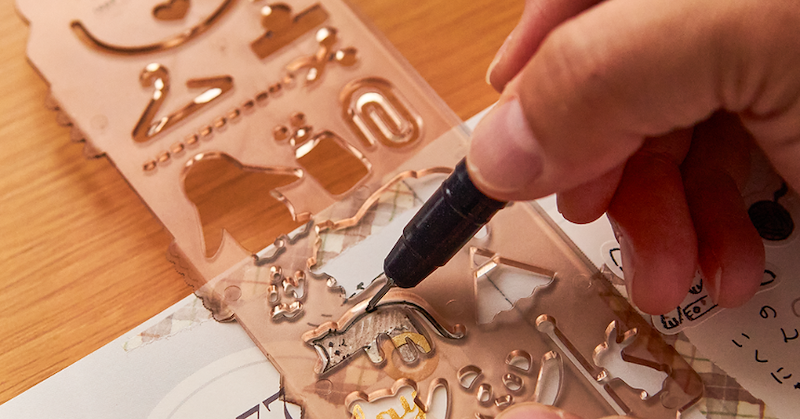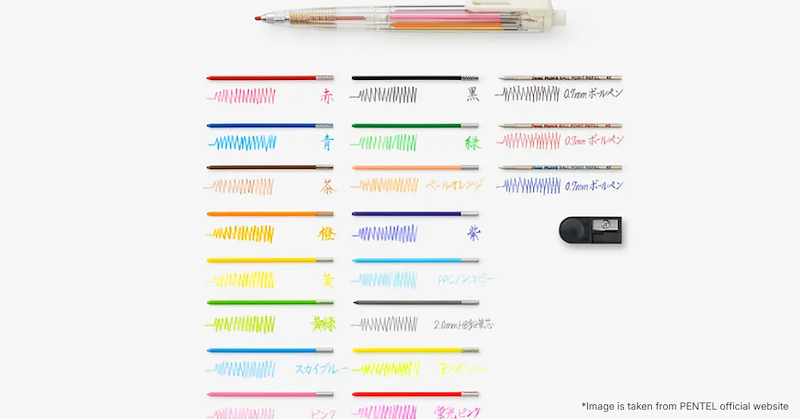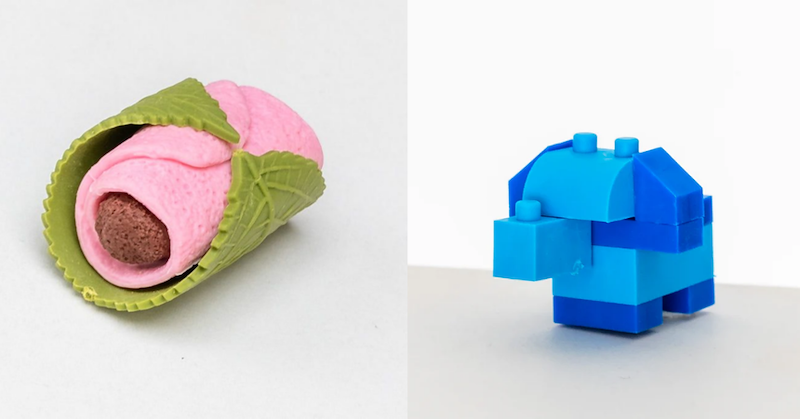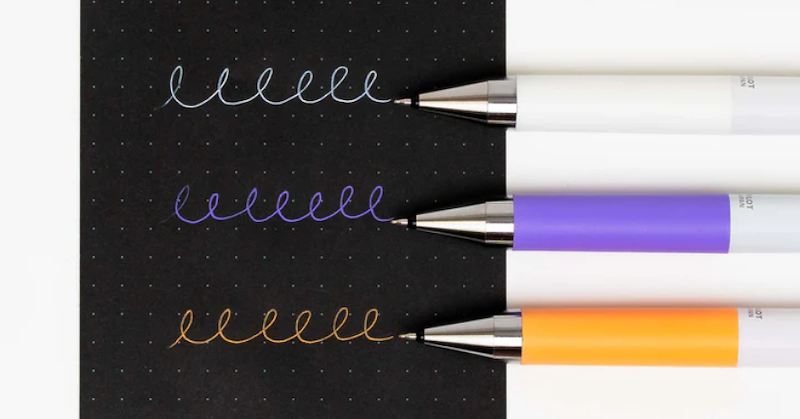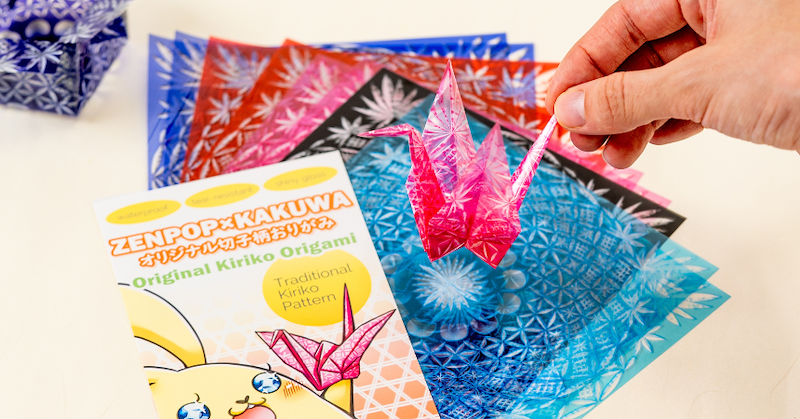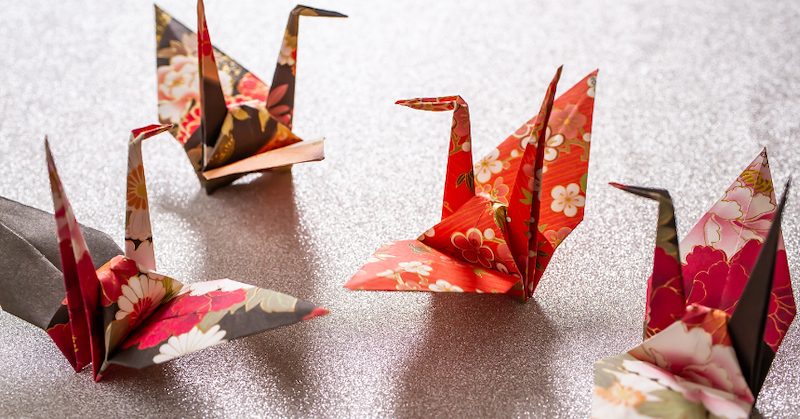Blog
Top Tags
tips & guides
|
Japanese culture
|
reviews & rankings
|
writing tools
|
art & craft
|
planners & journaling
|
creative ideas
|
notebooks & paper
|
stickers & tapes
|
brands & makers
|
Featured Article
Explore the stationery and craft tools used by designer Motoyama Maho — from tape dispensers to precision tweezers. A look into the quiet, meticulous world of paper making.
Discover the best Japanese journal accessories and templates from Midori and Kutsuwa. Elegant, practical tools for journaling, planning, and creative layouts.
Learn how to draw a kawaii character using simple shapes, cute faces, chibi proportions, and pastel colors. Easy cute drawing steps + ideas.
Discover the best multicolor writing tools—from Jetstream multi pens and FriXion’s improved erasable ink to Pentel Art Multi pencils for creative work.
Discover the cutest Japanese erasers—from Iwako food sets to Sumikko Gurashi, sushi, cherry blossom, and Hello Kitty designs to brighten any pencil case.
Explore the most original Japanese erasers in 2025—from Kokuyo Mirikeshi and Kadokeshi to electric, retractable, foam, and precision erasers designed for students and artists.
Our year-end office and logistics break runs from Dec 30 to Jan 4. Customer Service returns on Jan 5. Please check our holiday schedule before placing orders.
Discover where to buy Japanese stationery—Loft, Hands, MUJI, Itoya, character shops, online stores like ZenPop, plus our full Tokyo shopping guide.
Discover the 10 best Pilot pens—from the smooth G2 to the erasable FriXion, precise V5, sleek Juice Up, and Vanishing Point. Find your perfect writing tool.
Learn the basics of Japanese origami with easy folds, helpful tips, and a Kiriko paper origami tutorial. Perfect for beginners and paper lovers.
Ever wanted to get started with Japanese Paper folding? Here's how to make a beautiful Japanese Paper Crane Origami, and why it's such an important symbol.


